General Election analysis: Political profile of Cork is actually changing
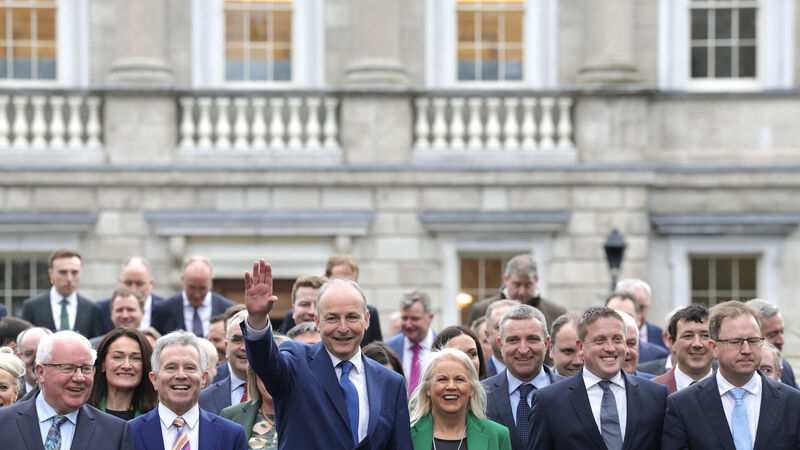
Fianna Fáil Leader Micheal Martin, leads out his victorious group of TDs to the front of Leinster House today. Photo: Leah Farrell/© RollingNews.ie
When he conceded his loss in Cork North Central on Monday, People Before Profit-Solidarity TD Mick Barry exited the Dáil with a defiant and prophetic warning for those who were elected this past weekend.
“Fianna Fáil and Fine Gael would be making a mistake if they felt that with just over 40% of the vote in a less than a 60% poll that they’ve got a mandate for right-wing policies.
“124 people participated in our campaign. Socialists, trade unionists, feminists, disability justice activists, queer activists.
“We had thousands of discussions on the streets where people brought up not being able to buy a house, not being able to afford the rent, the massive under funding of autism and disability services and the inequality in wealth in our society.”
While it wasn’t his day, those issues and that coalition reflect a huge shift that has taken place in Cork politics.
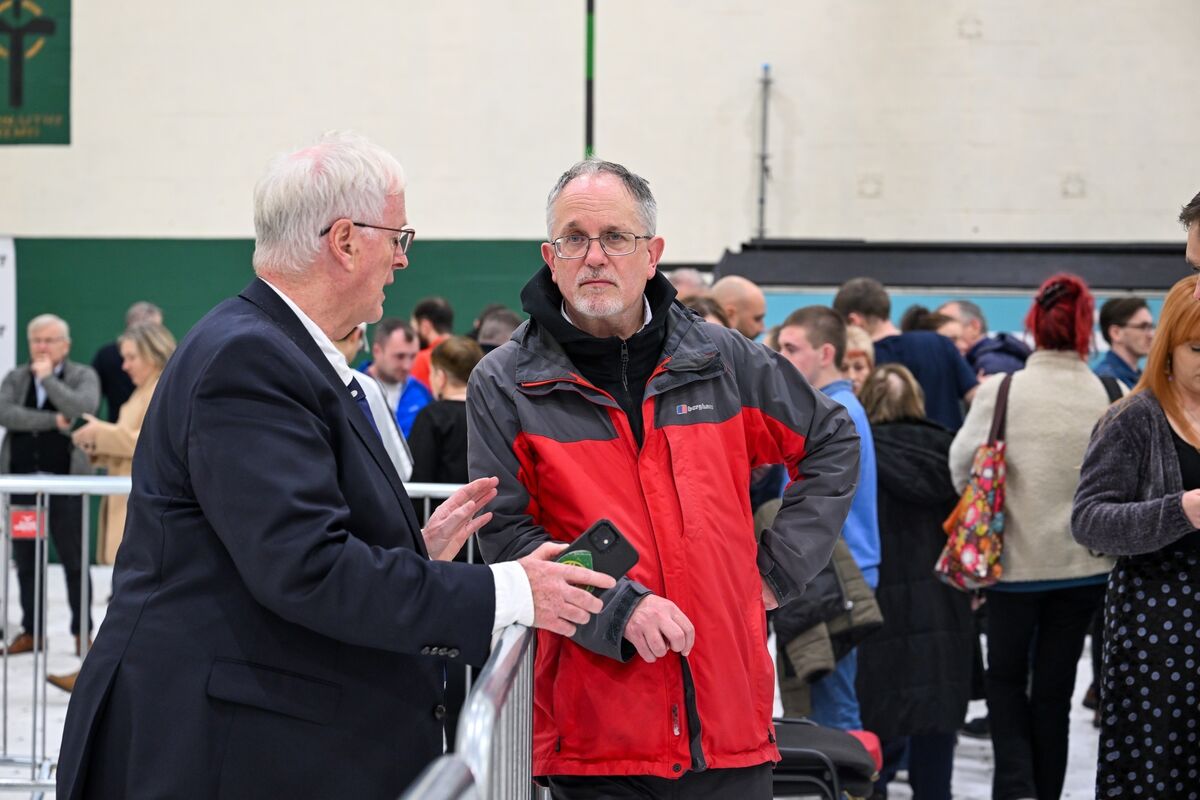
Fianna Fáil and Fine Gael defended their ground both locally and nationally, but there was no room for real growth as the chaos of recent elections became the new normal.
In the 2007 election, the last before the financial crash tore the old political order asunder, Cork’s five constituencies elected only Fianna Fáil, Fine Gael, and Labour TDs.
By 2024, it was Fianna Fáil, Fine Gael, Labour, Sinn Féin, Social Democrats, and Independent Ireland. In the city, the closest runners up were Solidarity and an independent.
Parties outside the old order were once a rare exception but now they are the rule.

That was proved by Sinn Féin’s Thomas Gould, the first candidate elected in Cork North Central, passing the quota on Sunday afternoon.
This is the fourth election in a row that his party has won a seat on the northside, and there was zero doubt that Mr Gould would be elected again.
In 2020, Mr Gould topped the poll with 26.7%, but he and running mate councillor Joe Lynch could only muster up 17.43% together on this occasion, losing about 3,500 votes somewhere in the expanded constituency.
With only one seat achievable, Mr Gould was the clear favourite, having represented the urban northside for years, though adding Ballincollig man Mr Lynch was a smart way of hedging their bets in an area that is now a crucial battleground in Cork North Central.
The poll was actually topped by Fianna Fáil TD Pádraig O’Sullivan, though the quirks of PR-STV meant he had to wait patiently for the second seat. Again, his election was no surprise, having won a comfortable victory in the 2019 by-election and even better vote in 2020. Fighting out of the eastern side of the constituency, the boundary changes didn’t affect him, with only a minor drop in his vote as his party tried in vain to win a second seat, though councillor Tony Fitzgerald kept his opponents sweating well into the final counts.
A COMEBACK PAYBACK
Ironically, the spoiler for Fianna Fáil was Independent Ireland’s Kenneth O’Flynn. The son of former Fianna Fáil TD Noel O’Flynn, this was not just a comeback — it was payback.
The elder O’Flynn forfeited in 2011 to allow Billy Kelleher a clear shot at the single Fianna Fáil seat that looked available on the northside.
In return, he expected that his son’s Seanad bid would be backed by the new Fianna Fáil regime. But that support never materialised and what followed instead was a decade of tension before the family’s machine left wholesale so the younger O’Flynn could carve out a seat of his own.
13 years on, the O’Flynns have finally reclaimed the second Fianna Fáil seat by keeping it out of their hands.
Colm Burke tipped over the quota on the same count as Mr O’Flynn, holding the Fine Gael seat he first won in 2020. Despite any single geographical base, Fine Gael have always managed to pull about a quota from the across the constituency. The expansion gave a bit of insurance, bringing in more Fine Gael-friendly rural areas along with Ballincollig where they have traditionally polled well. In an election where Fine Gael seemed to be losing ground nationally every day, the three-person ticket in Cork North Central actually improved on the previous election, with a narrow rise from 15% to 16.65%.
Eyebrows were raised when Labour announced a two-man ticket for Cork North Central, but hindsight being 20/20, it was a smart move. The party had a sitting councillor in each of their strongholds of Mallow and the urban northside, and with a fifth seat up for grabs, the chances of a seat were there. While city councillor John Maher had a good showing in recent elections, he was crowded out in the city by other parties, while county councillor Eoghan Kenny had former Cork East TD Seán Sherlock’s old stomping grounds in Mallow to himself as most other parties neglected this newly added end of the constituency.
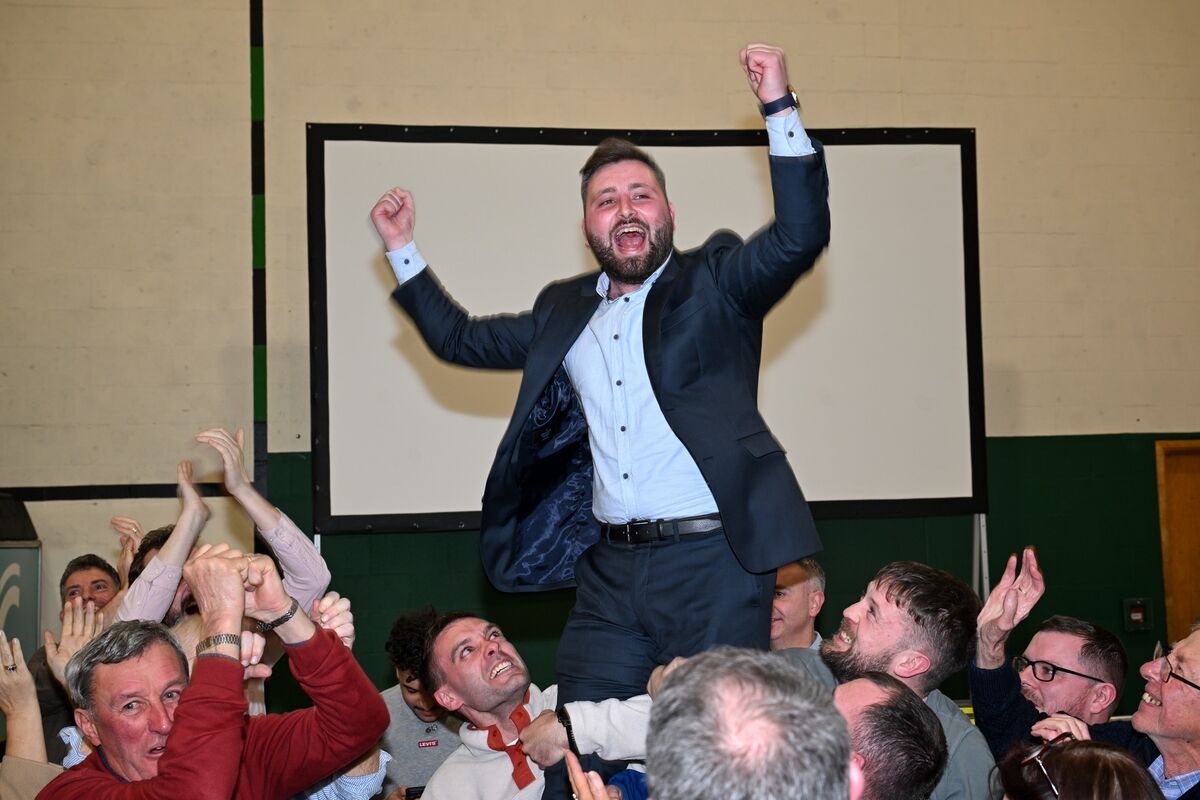
Meanwhile, Mick Barry’s vote held up well but was diluted in a bigger constituency, leading to a gruelling battle in the final hours of the count, with the pair being separated by just a single vote at one point.
With just 35 votes, being the margin, a recount was an understandable call, but with the gap only being reinforced, Mr Barry conceded, clearing 24-year-old Mr Kenny’s path to being the youngest TD in the new Dáil.
MARTIN SURGE
On the southside, Micheál Martin’s surge distorted the results for the rest of the field.
Regardless of the constituency, every voter in the country was being asked to vote for a Taoiseach, but the people of Cork South Central had the opportunity to do so directly.
With former Tánaiste Simon Coveney retiring and Fianna Fáil running a presidential style campaign, it seems that the pro-government vote coalesced around Mr Martin, who garnered his best first preference since the Fianna Fáil Celtic Tiger high of 2002.

Contesting the seat left open by his brother and new EU Commissioner Michael McGrath, county councillor Seamus McGrath taking the second seat was no surprise for locals, but actually pretty impressive from a national point of view.
While Fianna Fáil won two in many constituencies, at a national poll of 21.9% they were happy to be picking up marginal fourth and fifth seats.
The combined vote in Cork South Central though was 36.8%, their strongest constituency in the country with the exception of Clare at 37.8%.
While Sinn Féin might have been eying up a second seat here with some of the dizzying opinion polling high of the last few years, it wasn’t to be.
In 2020, Donnchadh Ó Laoghaire topped the poll with 24.6% of first preferences, but with the Tánaiste’s surge putting everyone under pressure and the centre-left and independents punching from below, the overall Sinn Féin vote here dropped to 15.41%, below the national vote share of 19%.
But on a mixed day for Sinn Féin, the combined vote of the two candidates was just shy of a quota. That’s well ahead of 2016 when Mr Ó Laoghaire first broke through, and it now seems more clear than ever that there is a safe Sinn Féin seat here.
BISHOPSTOWN COMES GOOD FOR BUTTIMER
When the boundary changes were announced last year, there can’t have been anyone more pleased than Fine Gael’s Jerry Buttimer as his Bishopstown base was brought back into Cork South Central. In 2016, the area was moved north of the Lee and Mr Buttimer finished a painful fifth in a reduced four-seater and lost his Dáil seat.
Along with his higher profile, those boxes in Bishopstown, Wilton and Glasheen made the big difference in a constituency that had been dominated by its eastern side in recent elections, allowing Mr Buttimer to slip ahead of his running mates and win back his old seat.
Similar to Sinn Féin, Fine Gael were squeezed here by the Martin surge, but also a lack of incumbents. In 2020, the party pulled in 21.2% of the vote with a Coveney-Buttimer ticket, but on this occasion three candidates could only manage 16.1%.
With Sinn Féin having secured a safe seat, the recent local and general elections have shown that they didn’t do it by squeezing out the left but by that coalition of voters expanding, just as it has on the northside. It was clear heading into this election that another centre-left candidate was viable with a fifth seat up for grabs.
Pádraig Rice’s election might look to some like it came out of nowhere, but only if they didn’t know where to look.
Since shortly after the party was founded, he has been steadily building up a machine south of the Lee, combining different networks from his time in the student movement, the Gay Project, and a myriad of different campaign groups.
With young urban voters from around UCC and the city centre brought back into Cork South Central, and the undeniable Holly hop, Mr Rice was able to flip the council seat he won in June into a Dáil seat in less than six months.
Campaigns like his and many others around Cork and across the country show the emergence of a type of voter that blocked any further recovery for Fianna Fáil and Fine Gael.
The RTÉ/Irish Times exit poll showed Fianna Fáil and Fine Gael’s combined vote share of over 65s at 55%, but dropping lower as you run down the age groups, at just 22% in the house poor children of bailouts and austerity aged 25-34.
Time relentlessly marches on and by the next election, the strength of those demographics will be greater as older generations make way for the new.
Despite no growth in their overall vote share, it looks clear that Fianna Fáil and Fine Gael will be back in government. But they’ll need to spend the next five years figuring out how to handle these emerging voters and campaigners that Mick Barry warned about.

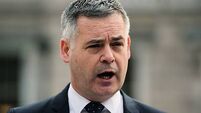



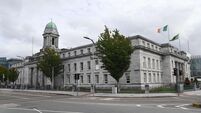
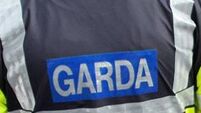



 App?
App?


